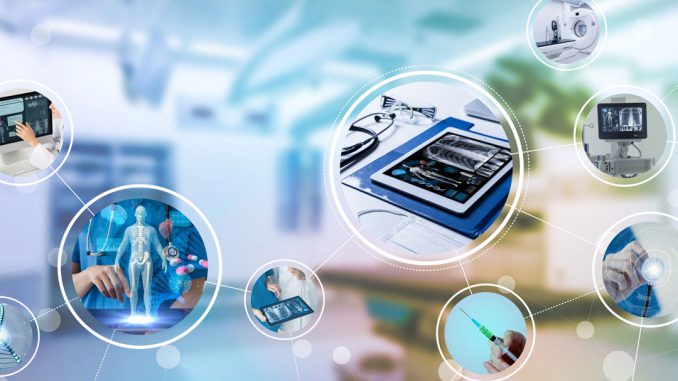
Technology has played a big role in this pandemic as more people relied on digital platforms to help stay connected to family, friends and work. This is especially true of seniors, who have embraced technology and expanded their internet know-how more than ever before.
Which begs the question: How can technology affect other things, such as our longevity? It’s something into which researchers and experts have been looking a lot recently. With life expectancies increasing to 70 in many countries, technology is being touted as one of the major influencers of this upswing.
Technological innovations, increased data and artificial intelligence are all factors that have helped improve life expectancies and meet the demands of an aging population. These include smart home technology, detectors that help people live independently for longer, health-tracking monitors and earlier detection of diseases, all of which have helped improve people’s lives and well-being.
According to medium.com, enhanced diagnostic tools make it possible to create proactive treatments to prevent diseases, thereby having an impact on our lifespans, too. By gaining a baseline understanding of your genetic predisposition, you can understand how your body will respond to treatments, what you eat and your amount of sleep and exercise, and you can adjust these things accordingly.
Technology has also advanced DNA sequencing, which is helping combat many illnesses. As medium.com explains, comparing personal DNA characteristics to a database of human DNA sequences allows experts to gain a unique understanding of the illnesses to which a person is predisposed. This is already being utilized to determine whether a person is susceptible to particular types of cancer, such as the BRCA1 and BRCA2 genetic mutations. Finding these genetic mutations allows individuals to take proactive measures to avoid highly probable medical outcomes that could result in death. Because we are getting substantially better at things such as genetic sequencing, neural network mapping and interfacing, and we currently have a wide knowledge base when it comes to nutritional science, perhaps immorality will actually be possible in the future.
The social aspect of technology is also responsible for helping to improve overall health. According to weforum.org, the effects of prolonged isolation are equivalent to smoking 15 cigarettes a day, and strong social connections are imperative to physical and mental well-being. The biggest benefit which technology can have on aging and longevity is creating opportunities for people to connect.
CNBC recently reported that one of the biggest investment opportunities over the next decade will be in companies that are working on increasing our longevity. It is a market that is expected to be worth at least $600 billion in the next four years.
However, there are two sides to the technology/longevity relationship. While technology is having a major influence on tracking our health and helping us find therapies to prolong our lives, too much of a good thing is a bad thing. As weforum.org pointed out, an overreliance or misuse of technology could lead to dehumanizing care practices, something that is crucial to our health-care systems. It could also create new forms of segregation and neglect that haven’t existed before.
Technology has changed every single aspect of our lives and, with the current pandemic, we have become more reliant on it than ever. It can not only help us stay connected with both loved ones and health-care professionals, it can also help us track our overall health and be more proactive about the therapies that we choose to adopt in an effort to increase our longevity. In the end, it seems that, despite the downsides of too much technological integration, technology could still be one of the single biggest driving forces behind extending our lifespans.
